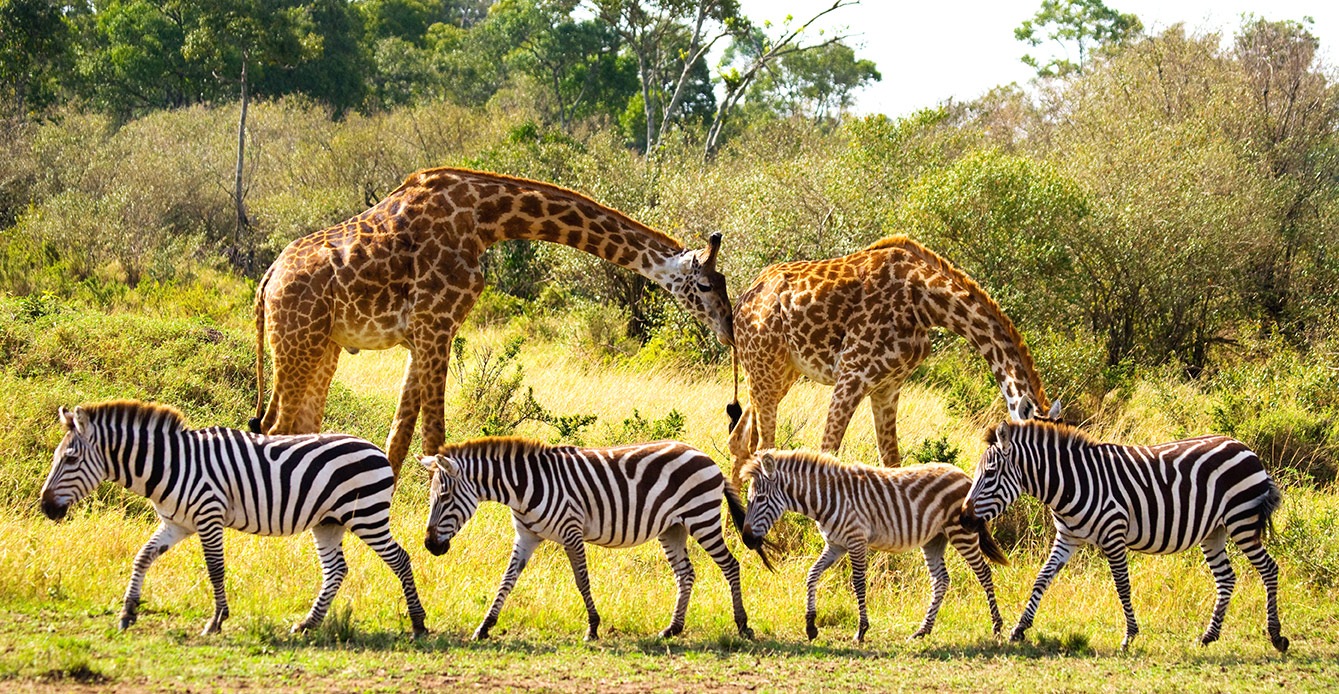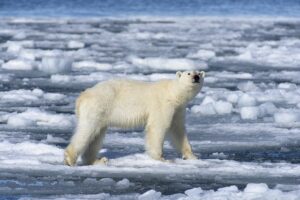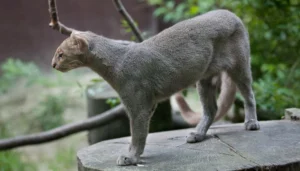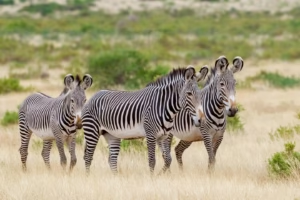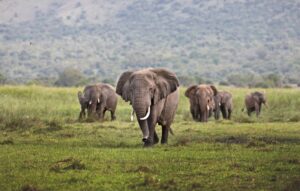Imagine standing in a lush forest, the kind where sunlight filters through the canopy like golden threads, and suddenly realizing that one key player in this symphony of life is missing. That’s what happened to me on a trip to Yellowstone National Park a few years back. I’d heard stories about wolves being reintroduced there, but seeing the landscape thrive because of them hit me hard. It wasn’t just about the wolves; it was about how their presence rippled through everything—from the grass to the rivers. Endangered species aren’t just tragic headlines; they’re vital threads in the fabric of our environment. Lose one, and the whole thing starts to unravel. In this article, we’ll dive deep into how these vulnerable creatures shape our world, why their decline spells trouble, and what we can do about it. Stick around—it’s more connected to your daily life than you might think.
Understanding Endangered Species
Endangered species are those plants, animals, or other organisms teetering on the brink of extinction, often due to human activities or natural shifts. Think of them as the canaries in the coal mine for our planet’s health—they signal when something’s off in the ecosystem. According to experts, factors like habitat destruction, pollution, and climate change push species to this edge, making their survival a barometer for broader environmental issues.
The Definition and Criteria
To classify a species as endangered, organizations like the International Union for Conservation of Nature (IUCN) look at population size, habitat range, and threats. If a species has lost over 70% of its population in recent decades, it’s likely on the list. This isn’t arbitrary; it’s based on hard data from field studies and satellite tracking, ensuring we act before it’s too late.
Global Statistics on Endangered Species
Right now, over 47,000 species are threatened with extinction, a number that’s climbing due to accelerating habitat loss. From polar bears facing melting ice to tiny frogs in rainforests hit by disease, the list spans continents. It’s a sobering reminder that our interconnected world means no species vanishes in isolation.
The Critical Role of Endangered Species in Ecosystems
These species aren’t just passive inhabitants; they actively shape their surroundings, maintaining balance in ways we often overlook. Without them, ecosystems can tip into chaos, affecting everything from soil quality to water cycles. Their roles highlight why protecting them isn’t optional—it’s essential for environmental stability.
Keystone Species and Their Influence
Keystone species, like sea otters or elephants, hold disproportionate sway over their habitats. Remove them, and the structure collapses—like pulling a load-bearing wall in a house. Elephants, for instance, create paths that other animals use and disperse seeds, fostering forest growth.
Biodiversity and Ecosystem Resilience
Biodiversity acts as nature’s insurance policy; more species mean better adaptation to changes like droughts or invasions. Endangered species contribute unique genetic traits that bolster this diversity, making ecosystems tougher against shocks. Lose them, and vulnerability skyrockets, leading to less productive lands and waters.
Direct Impacts of Losing Endangered Species on the Environment
When a species edges toward extinction, the environment doesn’t just lose a pretty face—it suffers cascading effects that alter landscapes and functions. This isn’t abstract; it’s seen in real declines in air quality, soil fertility, and even climate regulation. The ripple effects touch every corner of the planet.
Disruption of Food Chains
Food chains are delicate webs, and endangered predators or prey can break links. Without top predators, herbivores overgraze, stripping vegetation and eroding soil. This imbalance can lead to desertification in once-fertile areas, showing how one loss amplifies others.
Loss of Ecosystem Services
Endangered species provide services like pollination by bees or water filtration by mussels. Their decline means dirtier water, poorer crops, and higher costs for human alternatives. It’s like nature’s free labor force shrinking, forcing us to pay the bill.
- Pollination Decline: Bees and butterflies ensure crop yields; without them, food prices soar.
- Seed Dispersal: Birds and mammals spread plants; their absence stifles forest regeneration.
- Pest Control: Predators keep insect populations in check, preventing outbreaks.
- Carbon Sequestration: Species like whales help trap carbon, mitigating climate change.
Alterations in Habitat Structure
Habitats change dramatically without key species. Coral reefs, home to endangered fish, degrade into barren zones when those fish vanish, affecting marine biodiversity. On land, beavers—sometimes endangered locally—create wetlands that prevent floods; their loss heightens disaster risks.
Real-World Examples of Endangered Species Impacts
Let’s ground this in stories from the wild. I’ve always been fascinated by how one animal’s fate can reshape an entire park or ocean. These cases aren’t isolated; they’re blueprints for what’s happening globally, urging us to pay attention.
The Yellowstone Wolves: A Trophic Cascade Story
Back in the 1920s, wolves were hunted out of Yellowstone, leading to elk overpopulation that devoured willows and aspens. Rivers eroded, beavers disappeared, and biodiversity plummeted. Reintroducing wolves in 1995 reversed this: elk numbers balanced, vegetation rebounded, and songbirds returned. It’s a classic comeback, proving predators are ecosystem architects.
Sea Otters and Kelp Forests
In the Pacific, sea otters keep urchins from devouring kelp. When otters declined from hunting and pollution, urchins exploded, turning vibrant forests into “urchin barrens.” Fish habitats vanished, and coastal erosion worsened. Protecting otters restores these underwater jungles, benefiting fisheries and shorelines alike.
Bees and Pollination Crises
Bees, facing threats from pesticides and habitat loss, pollinate a third of our food. Their decline in regions like California has slashed almond yields, hiking prices. It’s not just farms; wild plants suffer too, reducing overall plant diversity and weakening ecosystems against invasives.
Elephants and African Savannas
African elephants, poached for ivory, engineer savannas by toppling trees, creating grasslands for grazers. Without them, bushes overrun, shading out grasses and starving herbivores. This shift also affects water holes they dig, which sustain other wildlife during droughts.
| Species | Role in Ecosystem | Impact of Decline | Example Location |
|---|---|---|---|
| Wolves | Top Predator | Overgrazing by herbivores, river erosion | Yellowstone National Park |
| Sea Otters | Urchin Controller | Kelp forest destruction, loss of marine habitat | Pacific Northwest Coast |
| Bees | Pollinator | Reduced crop yields, plant diversity loss | Global farmlands |
| Elephants | Habitat Engineer | Overgrowth of bushes, water scarcity | African Savannas |
Indirect Effects on Climate and Human Life
The fallout from endangered species isn’t confined to wildlife; it loops back to us through climate shifts and daily necessities. It’s ironic— we cause much of the harm, yet we’re the ones who feel the pinch when nature fights back.
Climate Change Amplification
Many endangered species, like mangrove trees or corals, act as carbon sinks. Their loss releases stored carbon, accelerating warming. Polar bears’ plight from melting ice isn’t just sad; it signals broader Arctic changes affecting global weather patterns.
Economic Ramifications Through Ecotourism
Places like the Galápagos thrive on tourism drawn by unique species. If giant tortoises or marine iguanas dwindle, visitor numbers drop, hurting local economies. Conservation isn’t charity; it’s smart business, generating billions worldwide.
Pros of Protecting Endangered Species:
- Enhances biodiversity and resilience.
- Boosts ecotourism revenue.
- Prevents costly ecosystem collapses.
Cons of Inaction:
- Higher food and resource prices.
- Increased natural disasters.
- Loss of potential medical discoveries from species.
Health and Medicinal Losses
Endangered plants and animals hold untapped cures—think aspirin from willows. The Pacific yew tree, once threatened, gave us cancer drugs. Losing species means forfeiting future breakthroughs, a gamble we can’t afford in an era of emerging diseases.
Conservation Strategies and How to Get Involved
Saving endangered species isn’t a lost cause; targeted efforts yield results. From laws to personal actions, there’s a path forward. I’ve volunteered on habitat cleanups, and it’s empowering to see direct change— you can too.
Key Legislation Like the Endangered Species Act
The U.S. Endangered Species Act has recovered species like the bald eagle through habitat protection and breeding programs. Globally, CITES regulates trade, curbing poaching. These tools work when enforced, but they need public support to thrive.
Habitat Restoration Initiatives
Restoring wetlands or forests revives species. Programs like WWF’s reforestation efforts plant millions of trees, aiding endangered tigers and orangutans. Where to get involved? Check local conservation groups or sites like volunteerwwf.org for opportunities.
Best Tools for Monitoring and Advocacy
Apps like iNaturalist let you report sightings, aiding data collection. For donations, platforms like the Wildlife Conservation Network offer transparent tracking. Best binoculars for birdwatching? Opt for models from Vortex or Nikon— they’re durable for field use.
- Comparison: Free vs. Paid Conservation Apps
- Free: eBird for bird tracking, user-friendly but basic.
- Paid: Merlin Bird ID with AI identification, worth it for accuracy.
People Also Ask
Drawing from common searches, here are real questions people ponder about endangered species and their environmental ties.
Why Should We Care About Endangered Species?
Beyond ethics, they sustain life support systems like clean air and fertile soil. Their loss disrupts these, hitting human health and economies hard.
How Does Extinction Affect Humans?
It leads to food shortages, disease spikes, and weakened defenses against climate extremes. Think fewer pollinators meaning scarcer fruits.
What Causes Species to Become Endangered?
Main culprits: habitat loss from development, climate change, pollution, overhunting, and invasive species overtaking natives.
Can Extinct Species Be Brought Back?
De-extinction tech exists but is controversial and costly. Better to prevent loss than rely on sci-fi solutions.
FAQ
What is the main environmental impact of losing an endangered species?
It triggers trophic cascades, where food webs collapse, leading to biodiversity loss and degraded habitats. Ecosystems become less resilient to changes.
How do endangered species contribute to biodiversity?
They fill unique niches, like predation or pollination, ensuring diverse interactions that stabilize environments. Their genetics add variety for adaptation.
What are some success stories in endangered species recovery?
The American alligator bounced back through hunting bans and habitat protection. Similarly, humpback whales increased via whaling moratoriums.
How can individuals help protect endangered species?
Reduce plastic use, support sustainable products, and volunteer with groups like the Sierra Club. Donate to verified charities for maximum impact.
Why is climate change a big threat to endangered species?
It alters habitats rapidly—think warmer oceans killing corals. Species can’t adapt fast enough, leading to population crashes.
In wrapping up, endangered species are more than icons on awareness posters; they’re linchpins holding our environment together. From my Yellowstone epiphany to global case studies, it’s clear their fate is ours. By acting now—through policy support, personal choices, and advocacy—we can stem the tide. It’s not just about saving animals; it’s about securing a vibrant planet for generations. Let’s make the connection count.
(Word count: 2,748)
